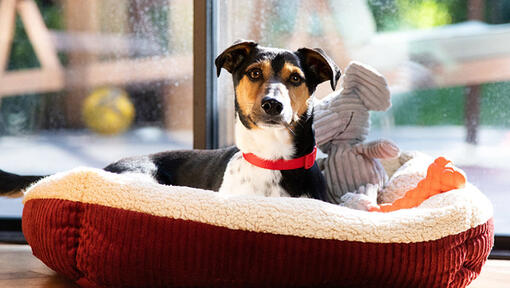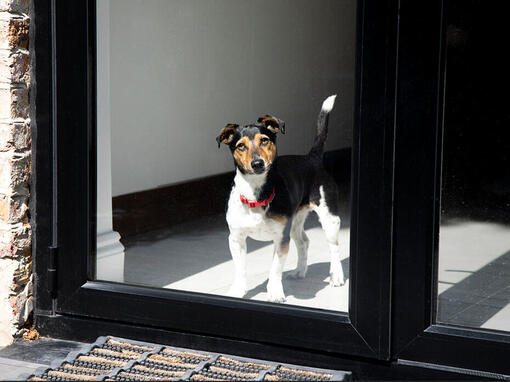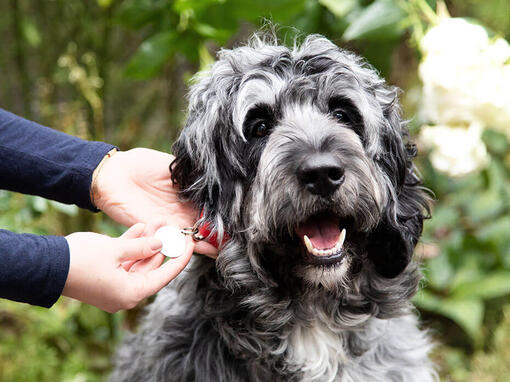- Dog suitable for experienced owners
- Some training required
- Enjoys gentle walks
- Enjoys walking an hour a day
- Medium dog
- Minimum drool
- Requires grooming once a week
- Hypoallergenic breed
- Quiet dog
- Guard dog. Barks and alerts
- May require training to live with other pets
- May require training to live with kids










